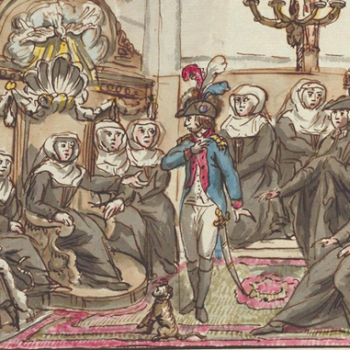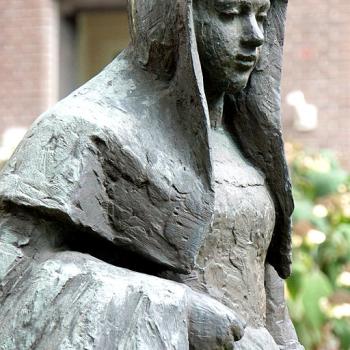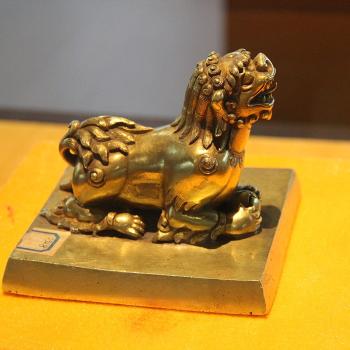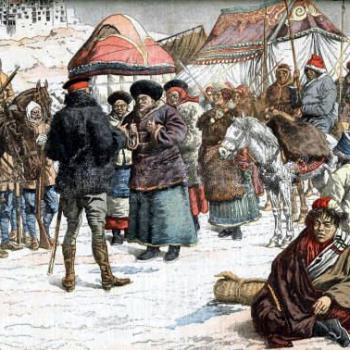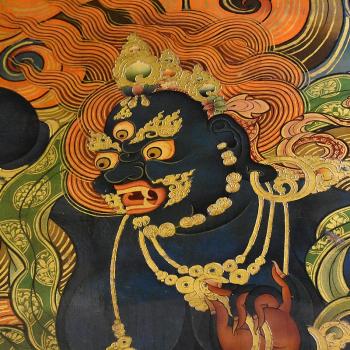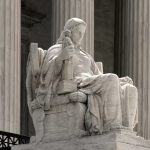Talking with the dead was all the rage in the United States in much of the 19th century. Famous mediums attracted huge, and paying, audiences who wanted to communicate with their dearly departed. And the late 19th to early 20th centuries may have been the Golden Age of Séances, in both North America and Europe. The reasons for the heightened interest in talking with the dead are complex, but one was the rise of scientific discovery. For example, fossils were... Read more




